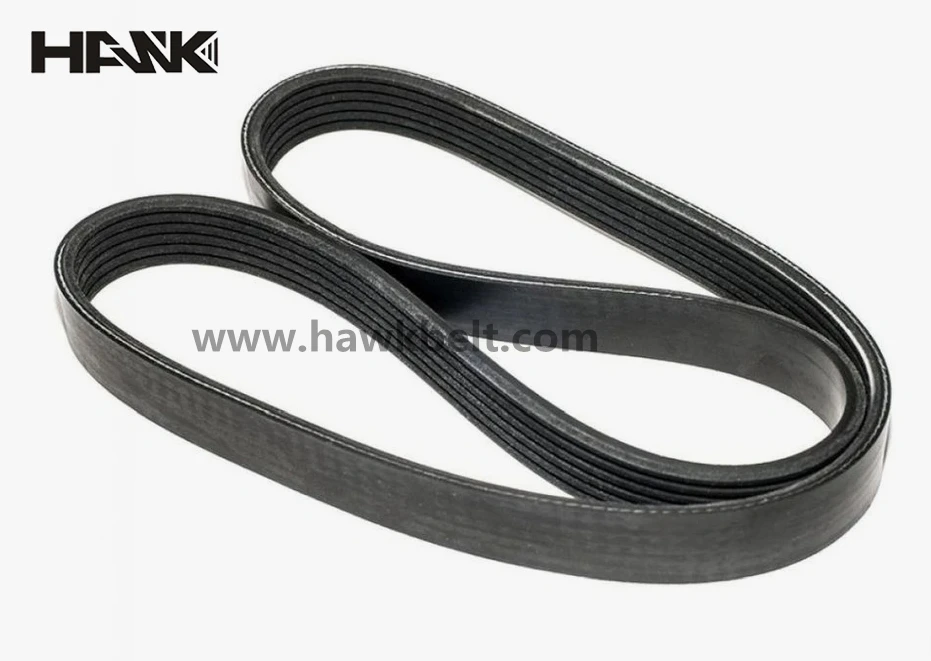- Arabic
- French
- Russian
- Spanish
- Portuguese
- Turkish
- Armenian
- English
- Albanian
- Amharic
- Azerbaijani
- Basque
- Belarusian
- Bengali
- Bosnian
- Bulgarian
- Catalan
- Cebuano
- Corsican
- Croatian
- Czech
- Danish
- Dutch
- Afrikaans
- Esperanto
- Estonian
- Finnish
- Frisian
- Galician
- Georgian
- German
- Greek
- Gujarati
- Haitian Creole
- hausa
- hawaiian
- Hebrew
- Hindi
- Miao
- Hungarian
- Icelandic
- igbo
- Indonesian
- irish
- Italian
- Japanese
- Javanese
- Kannada
- kazakh
- Khmer
- Rwandese
- Korean
- Kurdish
- Kyrgyz
- Lao
- Latin
- Latvian
- Lithuanian
- Luxembourgish
- Macedonian
- Malgashi
- Malay
- Malayalam
- Maltese
- Maori
- Marathi
- Mongolian
- Myanmar
- Nepali
- Norwegian
- Norwegian
- Occitan
- Pashto
- Persian
- Polish
- Punjabi
- Romanian
- Samoan
- Scottish Gaelic
- Serbian
- Sesotho
- Shona
- Sindhi
- Sinhala
- Slovak
- Slovenian
- Somali
- Sundanese
- Swahili
- Swedish
- Tagalog
- Tajik
- Tamil
- Tatar
- Telugu
- Thai
- Turkmen
- Ukrainian
- Urdu
- Uighur
- Uzbek
- Vietnamese
- Welsh
- Bantu
- Yiddish
- Yoruba
- Zulu
Pro . 04, 2024 21:37 Back to list
Understanding Power Transmission Using Transmission Belts for Enhanced Efficiency and Performance
Understanding Transmission Belts The Power Transmission System
Transmission belts play a crucial role in mechanical systems by transferring power from one component to another within various machines and vehicles. As a fundamental part of power transmission systems, they ensure that engines operate efficiently, while also contributing to the overall functionality of mechanical devices.
What are Transmission Belts?
A transmission belt is a looped strip of flexible material, often made from rubber, cloth, or composite materials, that connects two or more pulleys. As one pulley rotates, it drives the belt, which in turn rotates the other pulleys connected to it. This mechanical advantage allows small engines to drive larger loads without the need for extensive gears, making them a cost-effective solution for many applications.
Types of Transmission Belts
There are several types of transmission belts, and each serves a unique purpose depending on the system's requirements. The most common types include
1. V-Belts These are characterized by their trapezoidal cross-section. They are widely used in automotive applications and industrial machines due to their ability to transmit high levels of power while remaining compact. V-belts grip the pulleys better than flat belts, reducing slippage under heavy loads.
2. Flat Belts As the name suggests, flat belts have a simple, rectangular cross-section. They are often used in older machinery and some agricultural equipment. Flat belts are ideal for low-power applications and can be more efficient over longer distances.
3. Timing Belts Featuring teeth along their inner surface, timing belts ensure precise timing between the rotation of the pulleys. Commonly used in automotive engines, these belts prevent slippage and maintain synchronization between critical components like the crankshaft and camshaft.
4. Chain Belts Similar to timing belts, chain belts provide positive engagement through linked plates. They are used in heavy-duty applications where the durability and strength of the belt need to be prioritized, such as in mining or major manufacturing operations.
The Role of Transmission Belts in Power Transmission
transmission belt\/power transmission belt

The primary function of transmission belts is to transfer power from engines to other machinery. In vehicles, belts link the engine to various components such as alternators, air conditioning compressors, and power steering pumps. In industrial settings, they connect motors to conveyors, fans, and other machinery that require mechanical input.
The efficiency of transmission belts is vital to the overall performance of a system. A worn or improperly adjusted belt can lead to slippage, reduced power transmission, and increased wear on components. Regular maintenance and timely replacement of belts are essential for ensuring longevity and efficiency of the system.
Advantages of Using Transmission Belts
Transmission belts come with numerous advantages that make them a preferred choice in many applications
- Simplicity and Cost-Effectiveness Their straightforward design makes belts less expensive than complex gear systems. They also require less maintenance and can be easily replaced when necessary.
- Efficiency Properly installed and maintained belts can achieve high levels of efficiency in power transmission, often exceeding 90%, depending on the application.
- Flexibility Belts can operate over small angles and distances, providing significant flexibility in design and layout in machinery and vehicles.
- Noise Reduction Unlike chain drives or gears, belts often operate more quietly, making them suitable for applications where noise is a concern.
Conclusion
Transmission belts are integral to the functionality of countless machines across various industries. Their ability to efficiently transfer power while being cost-effective makes them essential in both everyday consumer products like cars and in larger industrial applications. As technology advances, the materials and designs of transmission belts will continue to improve, leading to even greater efficiency and performance in the mechanical systems of the future. Proper understanding and maintenance of these belts can significantly enhance the efficiency and durability of power transmission systems, ensuring that both machinery and vehicles run smoothly for years to come.
-
Korean Auto Parts Timing Belt 24312-37500 For Hyundai/Kia
NewsMar.07,2025
-
7PK2300 90916-T2024 RIBBED BELT POLY V BELT PK BELT
NewsMar.07,2025
-
Chinese Auto Belt Factory 310-2M-22 For BMW/Mercedes-Benz
NewsMar.07,2025
-
Chinese Auto Belt Factory 310-2M-22 For BMW/Mercedes-Benz
NewsMar.07,2025
-
90916-02660 PK Belt 6PK1680 For Toyota
NewsMar.07,2025
-
drive belt serpentine belt
NewsMar.07,2025

